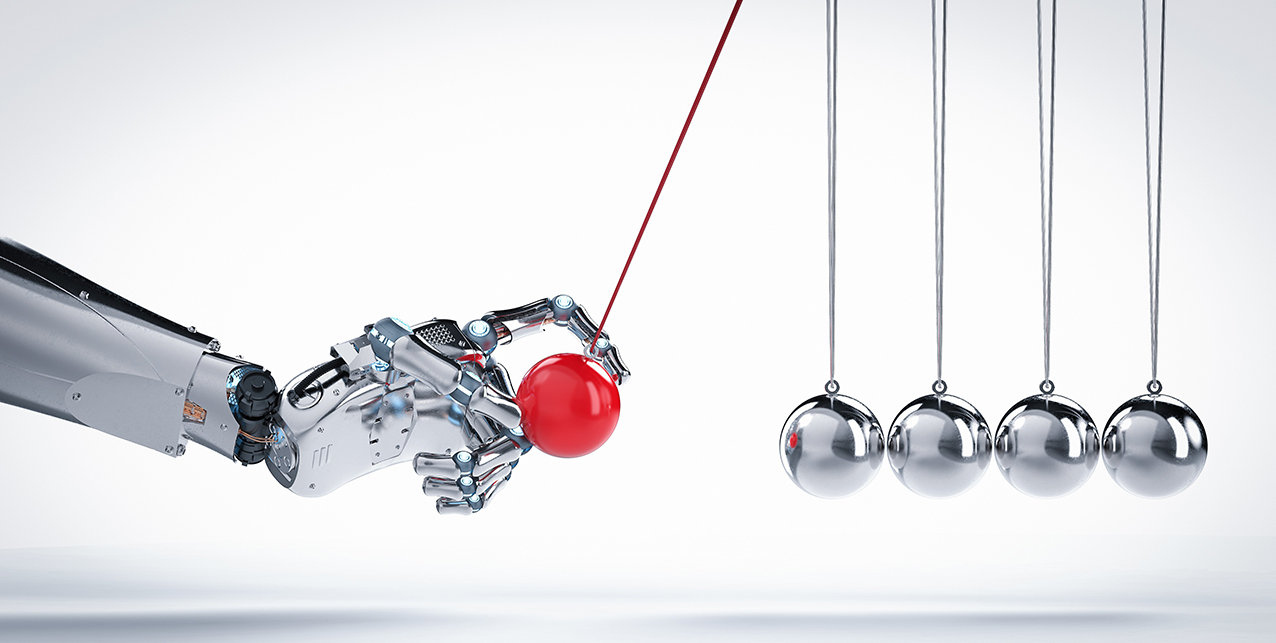
Whether we know it or not, mechanical energy is an intricate and driving force in our everyday lives. In this blog, we delve deeper into the question, “What is mechanical energy?” to understand more about this force.
Despite it being a topic of a physics class, the team at Peso Power promises you an uncomplicated and interesting read, so never fear. Enjoy the reading!
What Is Mechanical Energy? Its Definition
Mechanical energy is the energy that a body in motion or in a certain position possesses. It is a driving force in our everyday world and one of the basic disciplines in mechanical engineering.
The opposite of mechanical energy is non-mechanical energy, which we find at the atomic level and which doesn’t affect motion.
Mechanical energy, which can be manmade or natural, is measured in joules.
The Two Types of Mechanical Energy
Two types of mechanical energy exist kinetic energy and potential energy. Read on to learn more about each one.
Kinetic Energy
Kinetic energy is energy in motion rather than in position. It gets higher as the movement gets faster and achieves the highest energy measurement when the moving object is at top speed.
Examples include:
- A basketball falling from a height
- A car moving downhill
Let’s think about a car going uphill: as it goes higher, its kinetic energy reduces because it loses speed due to gravity. When the car descends, the kinetic energy increases as the car gains momentum and increases speed. At the bottom of the hill, the kinetic energy of the car is at its highest.
Potential Energy
Potential energy is energy stored in an object due to its mass or position.
Consider a basketball thrown high in the air. As the ball approaches its highest point, it stays there momentarily and then falls back down to the ground. When the ball is at its highest, it has maximum potential energy and, importantly, zero kinetic energy.
The different forms of potential energy include:
- Elastic potential energy
- Electromagnetic potential energy
- Gravitational potential energy
- Nuclear potential energy
Total Mechanical Energy
Total mechanical energy is the sum of a body’s kinetic and potential energy. This means that even though the potential energy and kinetic energy change relative to an object’s position, mass, or motion, the sum of the two mechanical energy types always remains the same.
How to Calculate Total Mechanical Energy
In short,
TME = KE + PE (Total Mechanical Energy = Kinetic Energy + Potential Energy)
Remember energy can neither be created nor destroyed. Therefore, the kinetic energy of an object appears out of nowhere; it is actually the potential energy an object acquires when in motion, which then translates into kinetic energy.
How Can We Use Mechanical Energy? Four Everyday-Life Mechanical Energy Examples
You can find numerous examples of mechanical energy in your daily life. Some real-life examples of how we use mechanical energy in our daily lives include:
Moving Objects
Moving vehicles, trucks, airplanes, and boats all display kinetic energy. The heavier the object and the higher the speed of the object, the higher the kinetic energy.
Roller Coasters
When roller coasters rise, they accumulate their potential energy and lose their kinetic energy. As they descend, their potential energy converts into kinetic energy.
Gravitational Potential Energy
As an object goes higher (and away from gravity), it accumulates gravitational potential energy. The higher it is, the faster and harder it will fall. In practical terms, a coin falling from a skyscraper will achieve a higher speed by the time it hits the ground than will a coin falling from your hand.
Hydro-Electric Power Plants
Hydroelectric power plants are excellent examples of potential energy. Water stored in dams as potential energy generates kinetic energy, when released, to produce electricity. The bigger the dam (and amount of water stored), the more the potential and kinetic energy and the greater the amount of electricity produced.
Conclusion
We hope we’ve adequately answered the question, “What is mechanical energy?” and show you how it contributes to our daily lives.
At Peso Power, we provide reliable and sustainable electricity for all gadgets, appliances, and commercial machinery that converts mechanical energy. Our goal is to make modern residential and commercial processes seamless.
We offer an extensive range of affordable prepaid and postpaid electricity plans in the Lone Star State. Our services are available to Texas residents living in deregulated areas. Call us at 888-688-1363 to find out more about our Peso Power electricity plans in Texas and get connected.